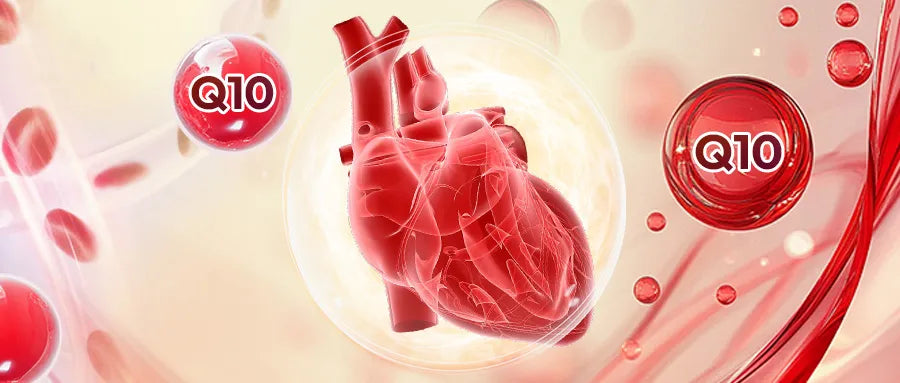
Every second, trillions of biochemical reactions take place in the human body. These reactions power movement, repair tissues, regulate metabolism, and sustain life. Behind all of this lies a sophisticated molecular network, and among its most essential players are coenzymes.
Among them, Coenzyme Q10 (CoQ10) stands out. CoQ10 is a fat-soluble molecule naturally synthesized by the body and is often referred to as the “spark plug” of cellular energy. It plays an important role in both energy metabolism and antioxidant defense, particularly in high-energy-demand organs such as the heart, brain, and liver.
The Core Fuel for Cellular Energy
- CoQ10 is a central component of the electron transport chain within the mitochondria, the cell’s energy-producing structures.
- It supports the production of adenosine triphosphate (ATP), the body’s primary energy molecule.
- When CoQ10 levels are insufficient, cellular energy production declines, which may lead to fatigue and reduced stamina.
Essential Support for the Heart and Brain
- The heart and brain are two of the body’s most energy-intensive organs, relying heavily on CoQ10 to meet their metabolic demands.
- In the heart, CoQ10 helps support cardiovascular function, myocardial contraction, and vascular tone.
- In the brain, it fuels neurons and contributes to protection against oxidative stress, a factor linked to age-related changes in cognitive health.
- Natural CoQ10 synthesis declines with age, and tissue levels often decrease after the age of 40.
Why CoQ10 Production Slows With Age
Although CoQ10 is produced naturally, this capacity decreases after about age 30. Several factors may contribute to reduced levels, including chronic stress, poor nutrition, and certain medications such as statins.
Common signs associated with low CoQ10 include:
- Persistent fatigue and low energy
- Slower recovery from exertion
- Higher oxidative stress markers
- Declines in cardiovascular efficiency
How to Support CoQ10 Levels
1. From Food
- Natural sources of CoQ10 include beef, chicken, mackerel, sardines, spinach, broccoli, peanuts, and sesame seeds.
- However, typical dietary intake provides only about 3–6 mg per day, which is lower than levels often studied in clinical research.
2. From Supplements
- Ubiquinone: the oxidized form of CoQ10, which must be converted into ubiquinol in the body before it can be used.
- Ubiquinol: the reduced and active form of CoQ10, which is more readily absorbed and utilized.
When younger, the body usually converts ubiquinone efficiently. With age, however, this conversion capacity declines, making ubiquinol supplementation a preferred option for many adults.
Takeaway
From fueling every heartbeat to contributing to antioxidant protection, CoQ10 plays an important role in long-term health. As research into mitochondrial biology advances, CoQ10 continues to be recognized as a key factor in energy metabolism and cardiovascular support.
References
1. Littarru, G. P., & Lambrechts, P. (2011). Coenzyme Q10: Multiple benefits in one ingredient. OCL – Oilseeds and fats, Crops and Lipids, 18(2), 76–82. https://doi.org/10.1051/ocl.2011.0402
2. Mortensen, S. A., Rosenfeldt, F., Kumar, A., Filipiak, K. J., Pella, D., Alehagen, U., Steurer, G., & Littarru, G. P. (2014). The effect of coenzyme Q10 on morbidity and mortality in chronic heart failure: Results from Q-SYMBIO, a randomized double-blind trial. JACC: Heart Failure, 2(6), 641–649. https://doi.org/10.1016/j.jchf.2014.06.008
3. Rabanal-Ruiz, Y., Llanos-González, E., & Alcain, F. J. (2021). The use of coenzyme Q10 in cardiovascular diseases. Antioxidants, 10(5), 755. https://doi.org/10.3390/antiox10050755